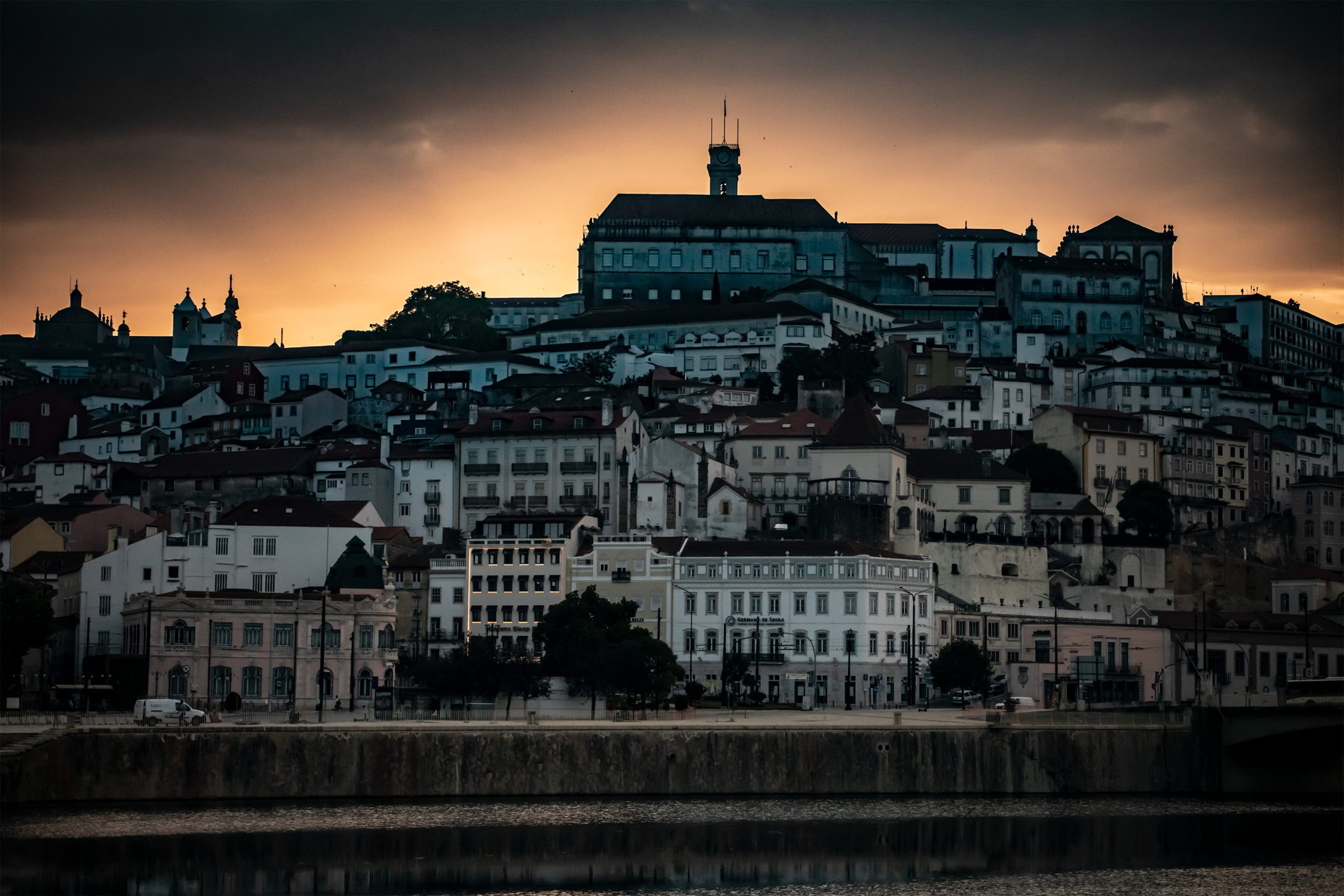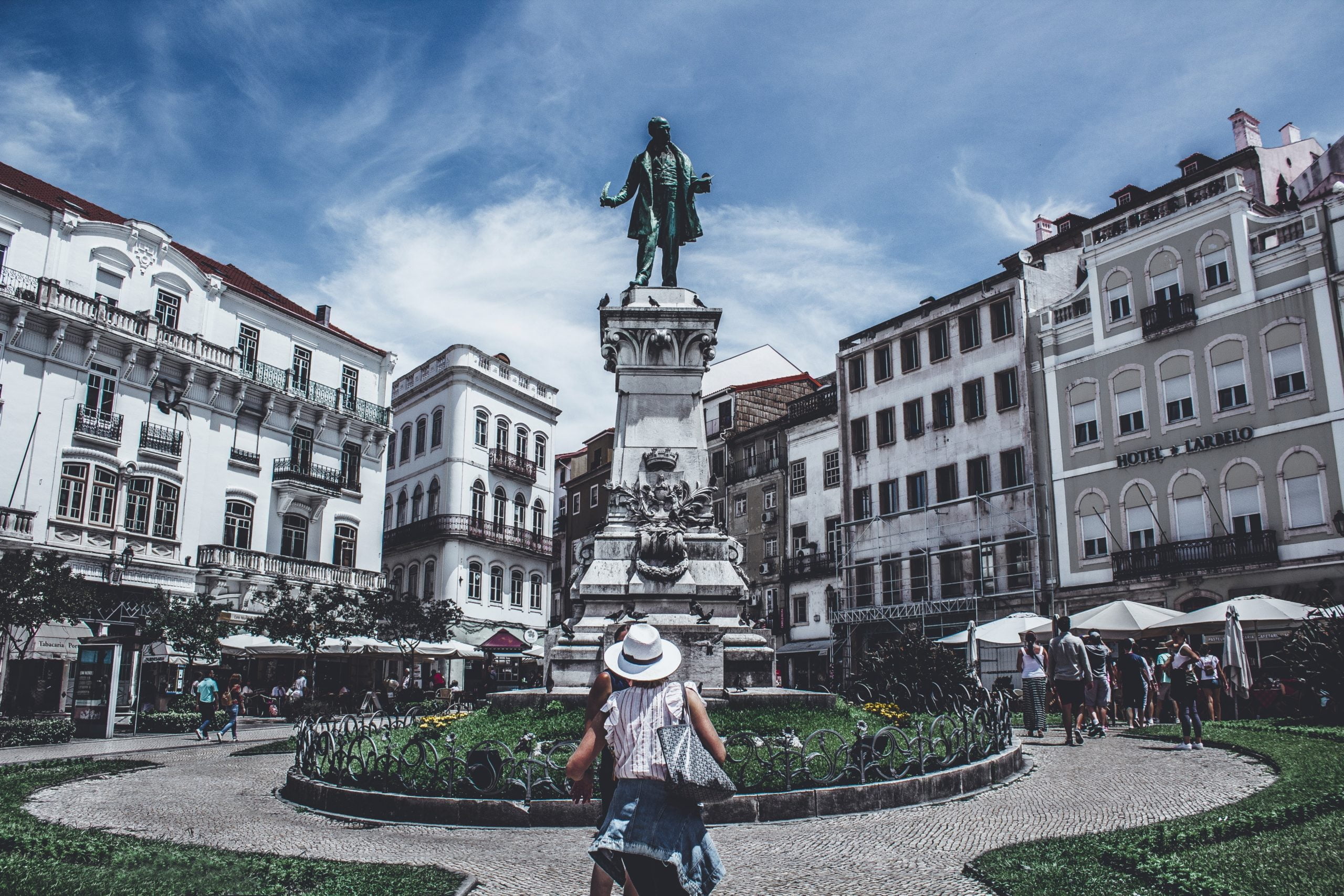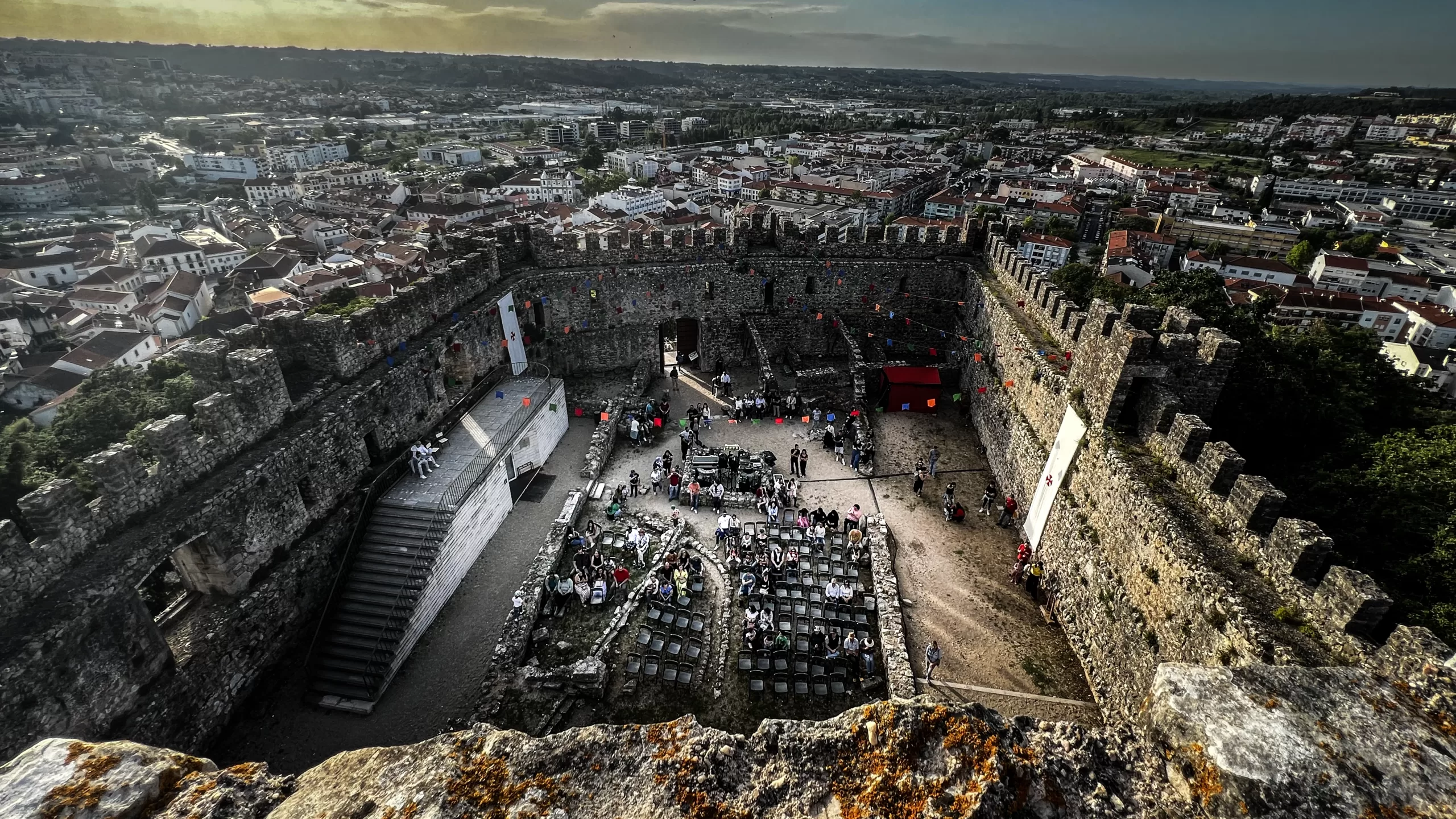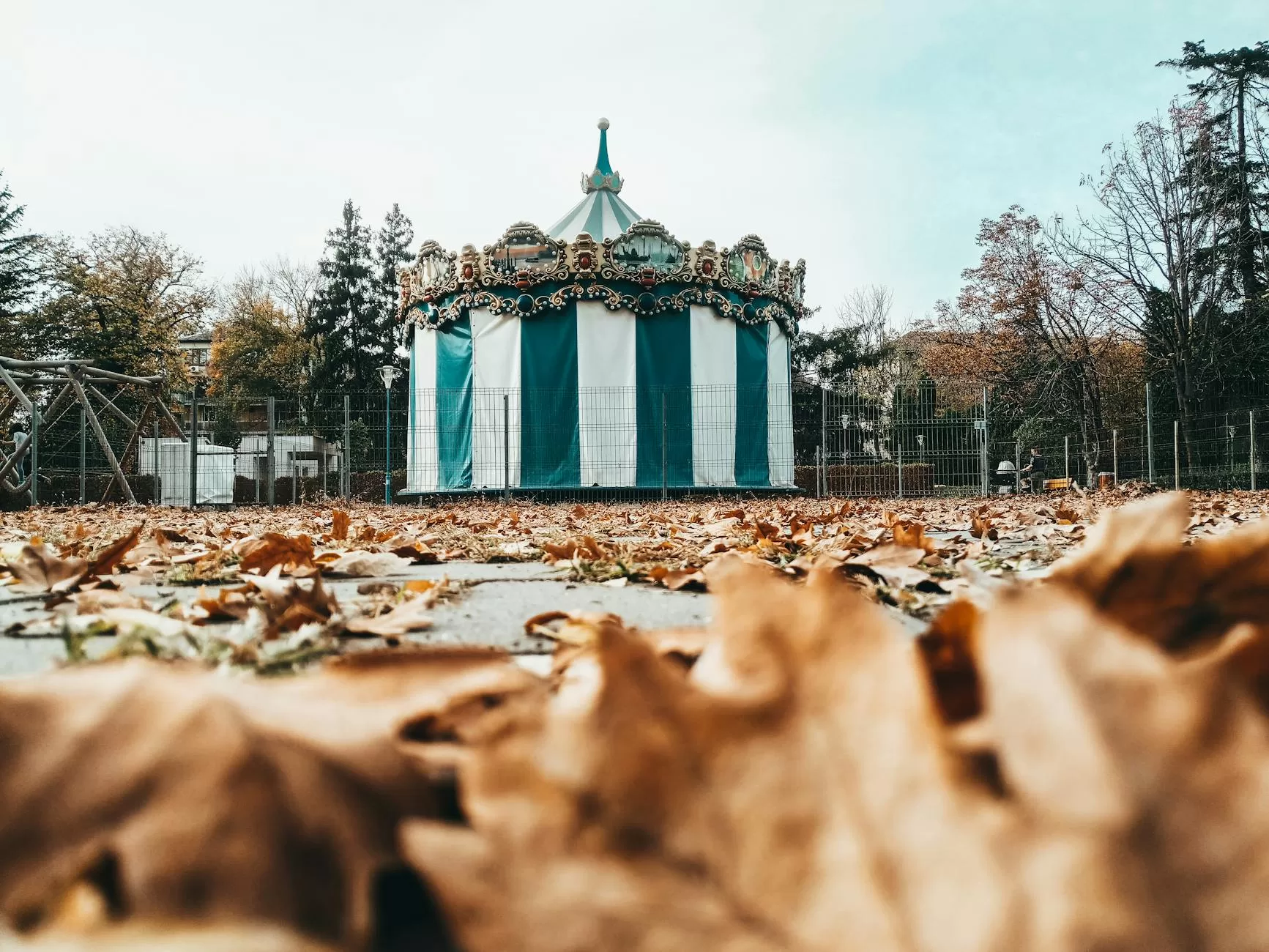The building of the Christian Santa Cruz Monastery occurred during the reign of Afonso Henriques by a group of twelve Canons of St. Augustine. This monastic community was the most influential monastic house during the management of the first dynasty.
It celebrated a crucial time in the composition of the Portuguese identity. Therefore, contributing to Coimbra’s political significance during the kingdom’s foundation.
Monastery of Santa Cruz’s Order of Saint Augustine
Coimbra belonged to the Order of Saint Augustine. It became an essential medieval school, preparing scholars and individuals associated with the political power in the new dynasty. King Afonso Henriques was an enduring figure in the monastery’s life.
In the end, King Afonso chose it as his burial place, a determination his son, King Sancho I, would follow a few years later.
Throughout the subsequent centuries, Santa Cruz became the seat of a significant religious territory and fortified its standing as the cultural and academic center. However, the creation of Santa Cruz Congregation happened, in 1527, with other Portuguese canon monasteries.
Coimbra University’s ties to the Monastery of Santa Cruz
The establishment of Collegium Sapientiae briefly occurred afterwards. It remained an influential academic center connected to Coimbra University, where several teachers from the Order guided students.

The Monastery of Santa Cruz
The Santa Cruz Monastery began its social life from 1131 onwards. However, the construction endured for almost another century.
The completion of the principal chapel was around 1150, and the solemnly dedicated church was only in 1228. The monastery became increasingly critical, which led to several modifications in its structure throughout History. Nowadays, there is little left of its initial Romanesque structure.
The most noteworthy change, which gave the building its current appearance, began during the second half of the 16th century.

King Manuel was disturbed about the dignity of the final resting place of the first two Kings of Portugal. Therefore he decided to finance a renovation campaign. The works included both the outside and the inside of the building.
The Monastery of Santa Cruz’s Architects
Coimbra’s Monastery of Santa Cruz had the most influential architects and sculptures of the Manueline era took ownership of the renovation. The intervention commenced in 1507 under the direction of Boytac and, later, Diogo de Castilho.
Diogo de Castilho conceived the monumental façade, while the sculptures were the work of Nicolau de Chanterenne.
Nicolau de Chanterenne is the famous sculptor who also renovated the graves of Afonso Henriques and Sancho I.
The works lasted throughout the rule of King João III. During this time, the Manga Garden, a small Renaissance architecture treasure by João de Ruão is another site nearby worth visiting.

At the Monastery of Santa Cruz, you should not miss:
- The interior has impressive rib vaults and decorated with Baroque tile.
- The Claustro do Silêncio (Silence Cloister) design occurred by Marcos Pires. The bas reliefs of scenes from the Passion were Nicolau Chanterenne’s creation
- The 17th century sacristy includes paintings by Grão Vasco and Cristóvão de Figueiredo
- The upper choir area with its impressive Manueline chair
- The Baroque organ was initially built in 1532 and work on the last renovation was between 1719 and 1724

The Atypical Last Word
When I first came to Portugal, I thought I would pass up visiting the churches. Discussions on many occasions stated I should visit the Santa Cruz Monastery. Often I was discussions would occur while drinking expresso and snacking on a croissant misto at Cafe Santa Cruz.
Therefore, I took the time to go inside and appreciate everything it offered. Not only did I have a stellar first impression, but the beauty of the Baroque organ discussed above left me in awe. The artifacts installed by the Masons are an understated attraction that you should see.
Therefore you should definitely stop at this National Monument in Coimbra, Portugal.















You must be logged in to post a comment.